What are mineral fertilizers: types and their features
Many gardeners are interested in what kind of mineral fertilizers are, since for the vegetation of plants and the strengthening of their immunity, it is necessary to organize feeding, balanced in composition with macro- and microelements. There must be plenty of useful substances for each type of vegetable, fruit and flowering plants, otherwise it will not be possible to get a harvest of agricultural crops. Not only basic elements in the form of phosphorus or potassium, but also some additional ones are important for well-being, successful vegetation.
The vital activity of plants is directly related to heat, light, and soil composition. A person can regulate the presence and concentration of minerals in the soil by applying fertilizers, organic and mineral.
Content:
- What kind of fertilizers are they and what are they for?
- What are mineral fertilizers?
- Nitrogen fertilizers, their features
- What is the essence of potash fertilizers?
- Characteristics of phosphorus fertilizers
- Microfertilizers
- Examples of complex mineral fertilizers
- Tips for the correct use of mineral fertilizers
What kind of fertilizers are they and what are they for?
Up to 70 chemical elements have been found in plant tissues and soil. Of these, only 16 elements are vital for the "green" organism to successfully grow, develop, and bear fruit.
Group mineral fertilizers differs from organic artificial production using the laws of chemistry.
In such fertilizers, the concentration of useful elements is high, and they act quickly on the growth of crops. The production of mineral fertilizers takes place at the enterprises of the chemical industry, where, in addition to natural raw materials, production waste is used. Complexes of fertilizers are produced in liquid and solid form. The composition of plant food contains mineral salts obtained artificially from natural compounds or by the synthesis of a substance on an industrial basis.
It is possible to conditionally divide the chemical elements for plants into those that are absorbed from the air and water, taken from the soil. Among the macronutrients in the soil, a certain amount must be present:
- nitrogen for growing green mass
- phosphorus - increasing plant resistance
- potassium, which helps carbohydrate metabolism of cells
- calcium for survival in acidic soils
- magnesium, which increases the sugar and starch content in fruits, vitamins
- sulfur as a component of vegetable proteins
Some plants cannot bloom, bear fruit if the roots lack copper, zinc, iron, boron. Summer residents need to know what elements a particular plant needs in order to increase the yield of vegetables, fruits and berries. The needs of the crops grown are satisfied by the application of fertilizers.
Thanks to the proper organization of nutrition in trees, vegetables, growth is accelerated, metabolism is normalized. Fertilizers usually contain the necessary elements in a bound form.When the roots absorb compounds from the soil, an exchange of ions occurs. Without the introduction of mineral fertilizers, garden and garden plants will not give rich yields.
What are mineral fertilizers?
The peculiarity of mineral fats is in their simplicity and complexity. The group of one-sided fats includes those based on the content of one important chemical element. During the growing season, the optimal dose of nitrogen, phosphorus and potassium fertilizers must be applied. The action of complex, or complex compounds, which contain several elements, is directed both to the plant itself and to the soil.
The summer resident chooses for the plants of his site those fertilizing that is not enough to get the harvest.
In addition, for the organization of full-fledged feeding, such fertilizers are needed, which include trace elements that are necessary in small quantities. The need for them is as high as for basic minerals.
According to the method of exposure, mineral fertilizers are distinguished for direct and indirect use. In the first, the substances are assimilated from the soil by the roots of plants. To improve the composition and properties of the soil in the garden and in the garden, it is necessary to use indirect types of fertilizers, among which the most famous are gypsum, dolomite flour.
Nitrogen fertilizers, their features
The basis of the action of nitrogen on plants is the acceleration of the growth of leaves and stems at the beginning of the growing season. An element in the composition of complex protein compounds contributes to the formation of chlorophyll and vitamins in plant cells. In the case of a lack of nitrogen in the leaves, the chlorophyll content will drop, they will become pale, the size of the leaf plate will decrease, and the shoots will stop growing. A large amount of nitrogen fertilizers are consumed by plants in the initial period of development, when there is an enhanced build-up of green mass.
The element is needed more in wet weather, in drought it is needed much less. Lack of nitrogen in autumn in perennial crops will lead to a decrease in frost resistance, they will not be able to survive the winter, accumulate enough carbohydrates for this. But the surplus of substance before winter will tighten the vegetation of plants, and they will not have time to finish growing. This will also lead to frost damage. Excess nitrogen is reduced by increasing the supply of phosphorus and potassium.
From fertilizers with a high nitrogen content, ammonium nitrate is emitted, which is released from the reaction of ammonia and nitric acid.
The fertilizer crystals or granules contain up to 35 percent nitrogen. The peculiarity of saltpeter is the high solubility of fats and their quick assimilation by plant roots. Urea, or carbamide, contains more nitrogen, up to 46 percent, and it dissolves well in water, quickly assimilated. Both types of fertilizers are highly hygroscopic, so they cannot be stored for a long time.
In agriculture, ammonia is often used in liquid form, where up to 82 percent of nitrogen is concentrated. Under all cultures, sodium nitrate is introduced, where, in addition to nitrogen, sodium is also contained. Fertilization is especially useful on acidic soils. Ammonium sulfate powder can be stored for a long time due to its low hygroscopicity, it dissolves well in water. The main quality of nitrogen fertilizers is their temporary effect on the acceleration of the vegetation of plants, since they are washed out into the lower layers of the soil.
What is the essence of potash fertilizers?
To increase the immunity of garden and garden plants, it is necessary to normalize protein metabolism, in which potassium is actively involved. The need for crops in the element is high when they grow on light sandy or heavy clay soils. Potassium is better absorbed by plants after adding lime to the soil. Organic fertilizers - manure, compost - the influence of potassium on the development of crops decreases.
The varieties of fruit trees and berry bushes especially need potassium, as it helps the movement of sugars from roots to fruits.Also, the element makes it possible to increase the storage time of the crop.
The substance is contained in:
- potassium chloride - up to 60%
- potassium sulfate - 50%
- potassium nitrate together with nitrogen
- potassium salt
Although potassium chloride is very common, fruit quality deteriorates with constant use. This will reduce the amount of starch in potatoesand berries grapes will be tasteless. Potassium sulfate is fed both in autumn and spring, as this compound is useful for all plants.
Characteristics of phosphorus fertilizers
The main property of phosphorus is the retention of water in tissues, which is important for increasing plant resistance to drought and frost. By feeding the trees of the garden, they achieve high quality fruits with a sufficient content of sugars, fats, proteins. With a lack of phosphorus in the soil, the assimilation of nitrogen fertilizers is worse. Hence, there is a violation of protein metabolism. An important element for annual plant species. They are fed at the stage of the beginning of the growing season and the entry into the fruiting period.
Fertilizers are obtained by processing apatites and phosphorites. The substance is also isolated from animal bones and waste from the metallurgical industry. A simple product containing up to 20 percent phosphorus is used to fertilize garden and vegetable garden plants. Superphosphate beads dissolve quickly in water, but cake when stored in a humid environment. Most often, simple superphosphate is used after liming the soil.
For the life of all agricultural crops, phosphorus plays an important role.
The content of the beneficial substance in double superphosphate has been increased. But the disadvantage of fertilizer is its poor solubility in liquid. Therefore, before applying top dressing, an extract is made from the fertilizer, dissolving it in hot water in a ratio of 1:10. Only then 200 grams of the finished product is poured into a bucket of water and the plants are watered.
Crushed phosphorites to the state of a powder are rarely used, since they dissolve poorly, but after being introduced into the soil, they turn into a substance available to the roots. Used to replenish the stock of a substance in the ground and red phosphorus, where the element is in a concentrated state.
Microfertilizers
The group of microfertilizers contains elements that may not be present in the soil of the suburban area. There will be no harvest if there is no iron, zinc, copper or molybdenum in the soil. To avoid problems in growing plants, it is necessary to apply micronutrient fertilizers to the soil or treat the seeds with them before planting.
They produce different types of such fertilizers, which are used for:
- stimulating the growth of young seedlings - boric
- crops on swampy black soil - copper
- growth on forest lands - with molybdenum content
- increasing sugar, vitamins in fruits - magnesium
- chlorophyll formation - with iron content
Examples of micronutrient fertilizers include potassium permanganate, boric acid, magnesium sulfate, garden sulfur. Complex micronutrient fertilizers such as Oracle or Master are also used. Without the use of microfertilizers, it is difficult to maintain the health of plants, to obtain high yields.
Examples of complex mineral fertilizers
Fat mixtures are represented by preparations that contain several useful elements, therefore, they act widely on the condition of the soil and plants. In mineral complexes, a balanced ratio of the necessary elements for specific types of garden and vegetable garden crops:
- In addition to nitrogen, ammophos contains up to 50 percent phosphorus. The granules dissolved in water are easily absorbed by the roots, therefore, they are fertilized when planting. Fertilizer guarantees protection root system plants, accelerating the formation of fruits, their ripening. In ammophos, the content of phosphorus, nitrogen, and potassium is the same. The mixture contains a certain amount of sulfur, calcium, magnesium. The versatility of feeding in its easy digestibility, increasing the immunity of the "green" organism.
- Diammophos is produced in the form of white granules containing nitrogen and phosphorus. The crops are fed with a mixture in spring when planting. Diammofosk contains all basic and additional substances - sulfur, calcium, magnesium.
- Nitrofos, nitroammophos are used when there is little nitrogen and phosphorus in the soil, but enough potassium. During the planting period, it is useful to bring nitrophoska into the wells with the presence of basic minerals. And nitroammofoska is brought in for digging the soil in the fall.
- IN wood ash you can find everything you need for garden and horticultural crops, except nitrogen. You need a lot of complex fertilizer - up to half a kilogram per square meter. But you should know that from a large amount of ash, the soil becomes alkaline in composition. This negatively affects the life of earthworms.
It is necessary to select complexes of mineral fertilizers taking into account the growing season of plants, the composition of the soil.
Tips for the correct use of mineral fertilizers
The competent use of mineral fertilizers has a positive effect on the results of growing vegetables, fruits, flowers, because the soil tends to deplete over time. From this plants begin to succumb to diseases, become weak, lag behind in development.
Organic fertilizers cannot meet the nutritional needs of the plant organism. Therefore, one cannot do without mineral fertilizers, but the main thing here is the correct introduction of macro- and microelements:
- Good assimilation of nitrogen substances suggests that it is better to feed them in the spring, and phosphorus ones, with their poor mobility in the soil, in the fall.
- To get the result from phosphorus fertilization, it must be embedded deeper into the soil.
- Mixtures with nitrogen are simply scattered over the surface, after which the soil is loosened shallowly.
- Potassium is fed in cases where it is necessary to prepare clay soil for winter, and light soil - for planting plants in spring. Potash dressing is deeply embedded in the ground in the fall, but not in the spring.
- If chlorine is present in fertilizers, then plants do not really need it, and during the winter it will be washed out and will not have a detrimental effect.
- Potassium nitrate is useful for late dressing of vegetable crops: potatoes, beets, carrots.
- Wood ash is not used simultaneously with humus, since it is incompatible with organic matter.
Before feeding, be sure to calculate the amount of fertilizer. Usually, this is helped by the instructions attached to the drug. You need to apply as much fertilizer as required. Extra doses will have the opposite effect.
During feeding, they do not forget about safety measures, use personal protective equipment. After the procedure, wash the face and hands with running water and soap. Each culture has its own rules and norms for the introduction of mineral fertilizers.
More information can be found in the video:



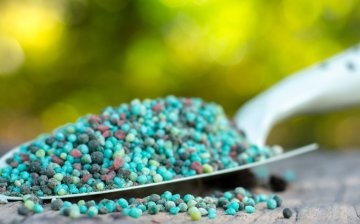
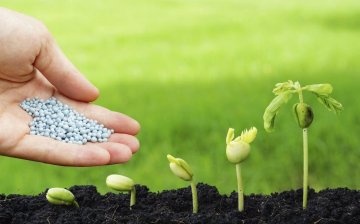
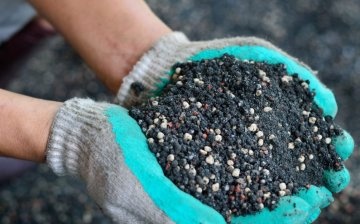
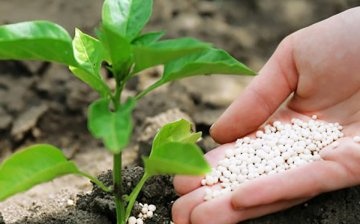
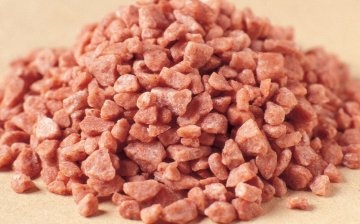
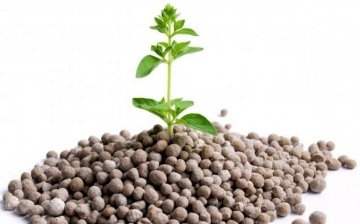
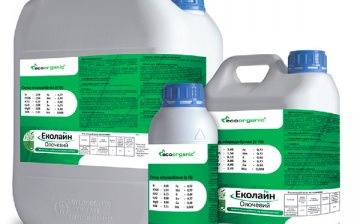
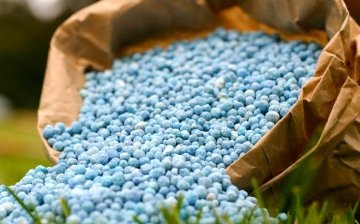
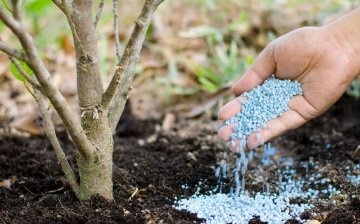









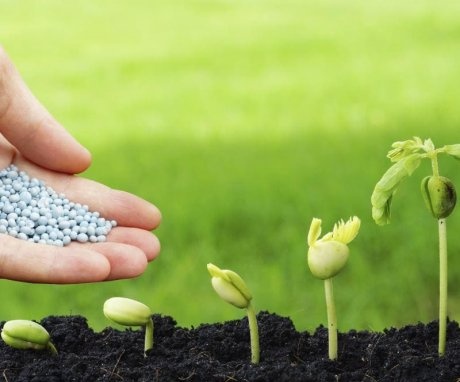
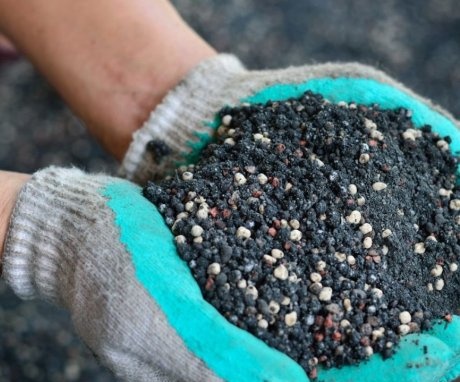
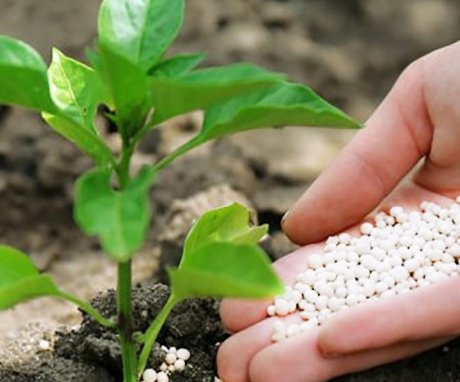

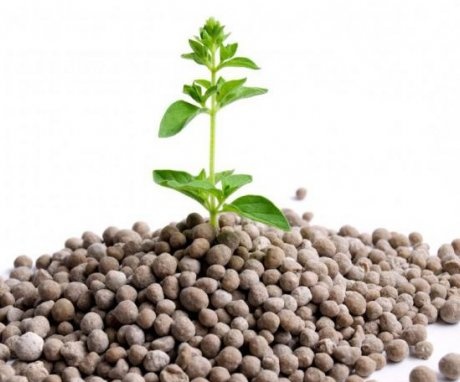
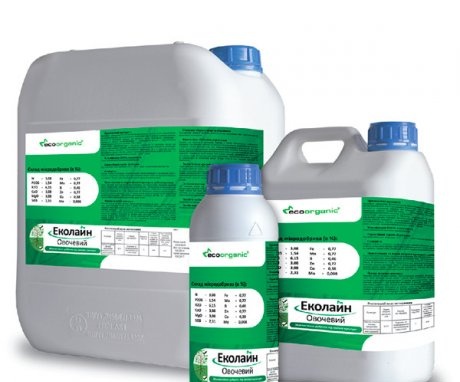
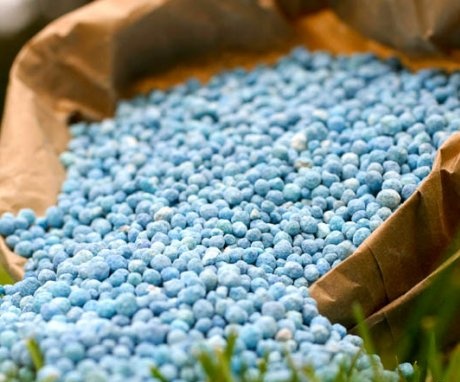
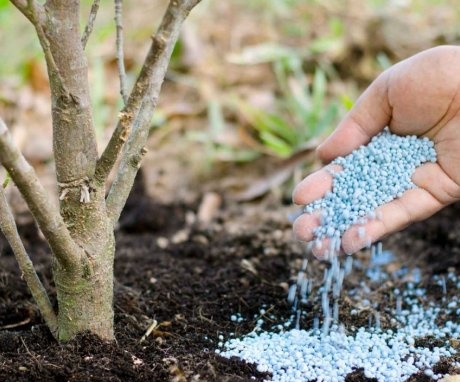
Nitrogen fertilizers have a good effect on plant growth, they seem to grow before our eyes, and phosphorus fertilizers are used in autumn. And my uncle is an agronomist, he often uses different fertilizers when he fertilizes the garden.